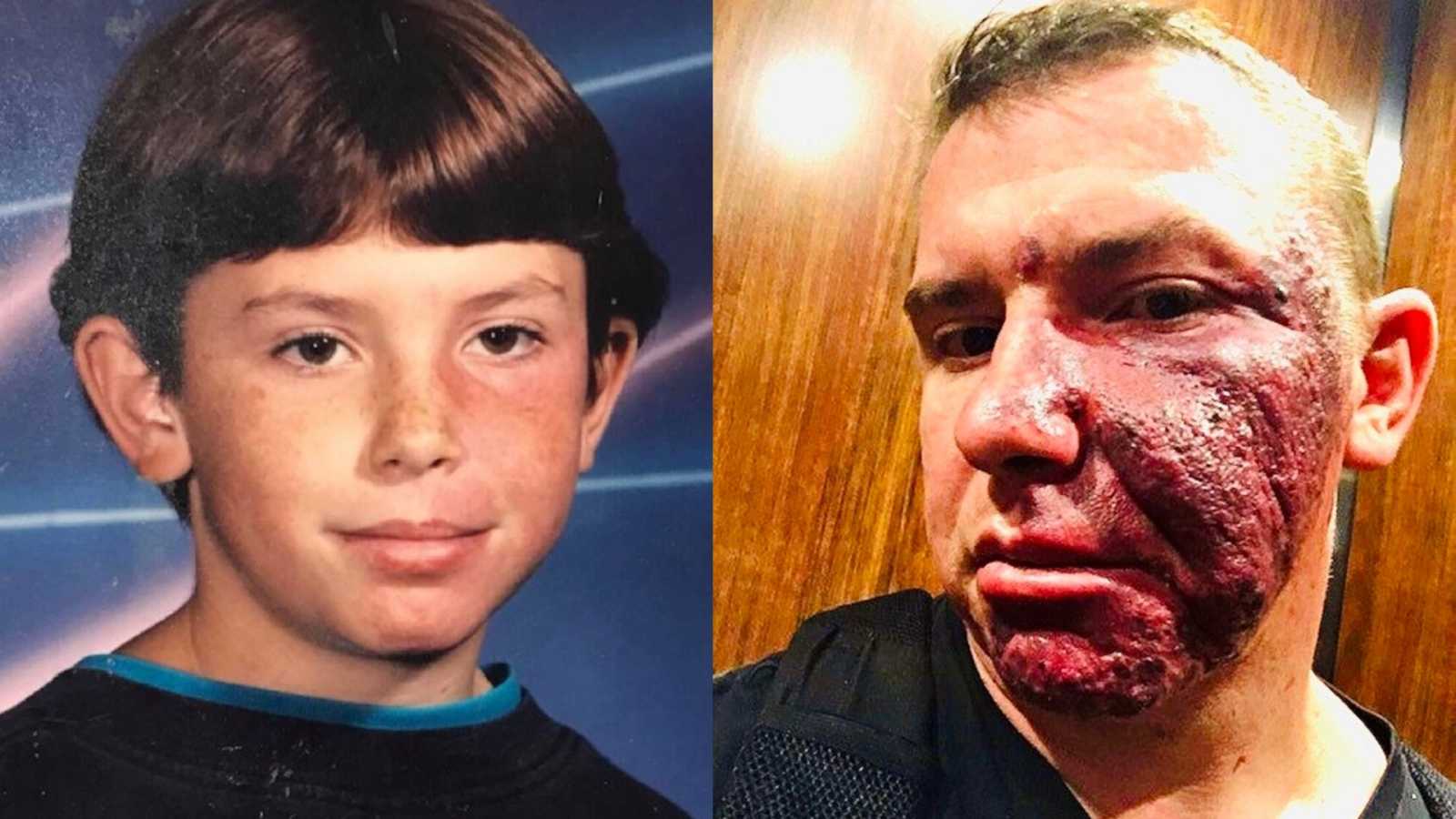“It’s hard for me to say when I first became aware of my birthmark. As far back as I can remember there were always stares, questions, rude comments, and the anxiety of constantly feeling different. There are many things that make us all different, but none quite like growing up with a facial abnormality.
My name is Scott Cupples, and I was born in Los Angles, California, in 1983 with a Port-Wine Stain (PWS) birthmark. When I was old enough to ask about my birthmark, my father explained how our pediatrician advised him to wait and see if my birthmark would lighten on its own, and to consider treatments when I was older. The physician explained, ‘You can’t do anything until he’s older. We can’t treat him this young, so come back when he is a teenager.’ So, my father waited. I now know that vascular birthmarks aren’t studied thoroughly in medical school, and even experts in the field have differing opinions. When my father took that advice at the time, he had no idea that he was allowing my birthmark to potentially become darker and thicker as I grew up.
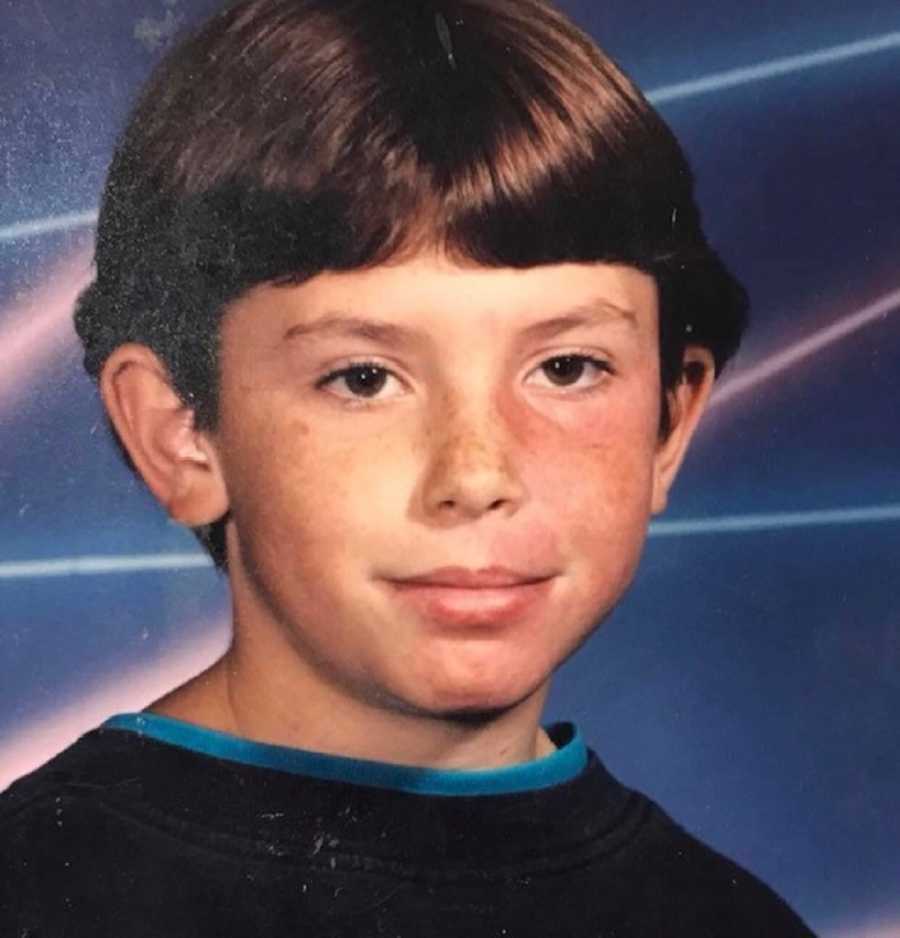
As a child, we moved a lot and I attended over 1/2 a dozen elementary schools by 5th grade. With each move came new teachers, new children and having to start over the process of people getting used to my birthmark. I vividly recall each first day when starting a new school. It was like Groundhog’s Day, as the teachers asked the same questions to my parents, and I had to differentiate the inquisitive kids from the bullies and class clowns. There was always a lot of mumbling from my new classmates, and eventually one of them would ask about my birthmark and open the floodgates. ‘Are you sure it’s just a birthmark?’ was a common ice-breaker, or the blatant, ‘What is that red thing on his face,’ or ‘Is it contagious,’ or ‘that’s gross.’ Every time, I would say, ‘Yup, it’s just a birthmark,’ and questions would ensue. Changing schools was the worst! Not only did I have to make new friends and leave my old ones, but I had to explain my birthmark over and over again. When I was 10 years old, my father left my mother and we moved to New Jersey to live with my grandmother. Finally, I had a place to call home.
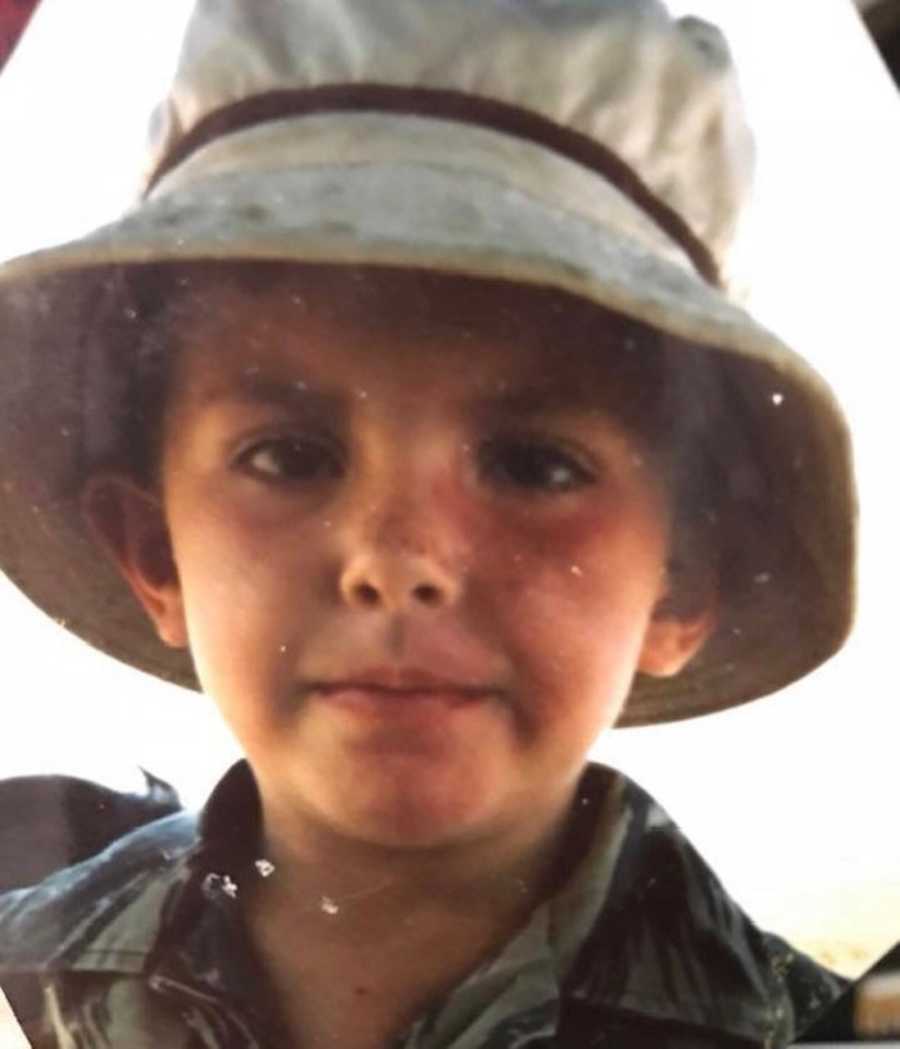
When we moved to New Jersey, my cousin Jerome was very popular, and was 5 years older than me. He also had a lot of cousins in town on his father’s side and many of his cousins embraced me as one of their own. This helped a lot, because when I started at my new school, I already had friends and people who were looking out for me on behalf of my cousin. Even with that safety net, I quickly gained the nickname ‘Two-Face’ (from the Batman comics) and dealt with extensive bullying like never before. The kids in my new neighborhood weren’t as nice as kids where I previously lived, and I subsequently got into a few fights before learning that I needed to learn how to make ‘counter-jokes’ to deescalate these situations.
The thing is, I grew up in poverty. My dad and three brothers lived in a small apartment, didn’t even have a phone in our house, let alone swimming pools or the latest video games. We didn’t go on trips or attend summer camps – my friends and I met up at 8-9 in the morning and didn’t go home until 8-9 in the evening, or later. Besides running around playing sports and riding bikes all day, we joked on each other, and I think the wittiness and sense of humor I developed to counter people making fun of my birthmark kept me out of a lot of fights as I got older, because I’ve always had a temper. I’m not endorsing making fun of other people, but for me, it was easier to counter someone’s joke about my birthmark with a joke about them, than it was to tattle or get into a fight. However, even though I could defend myself physically or with a witty comeback, comments about my birthmark made me angry, and it affected me well into my teenage years.
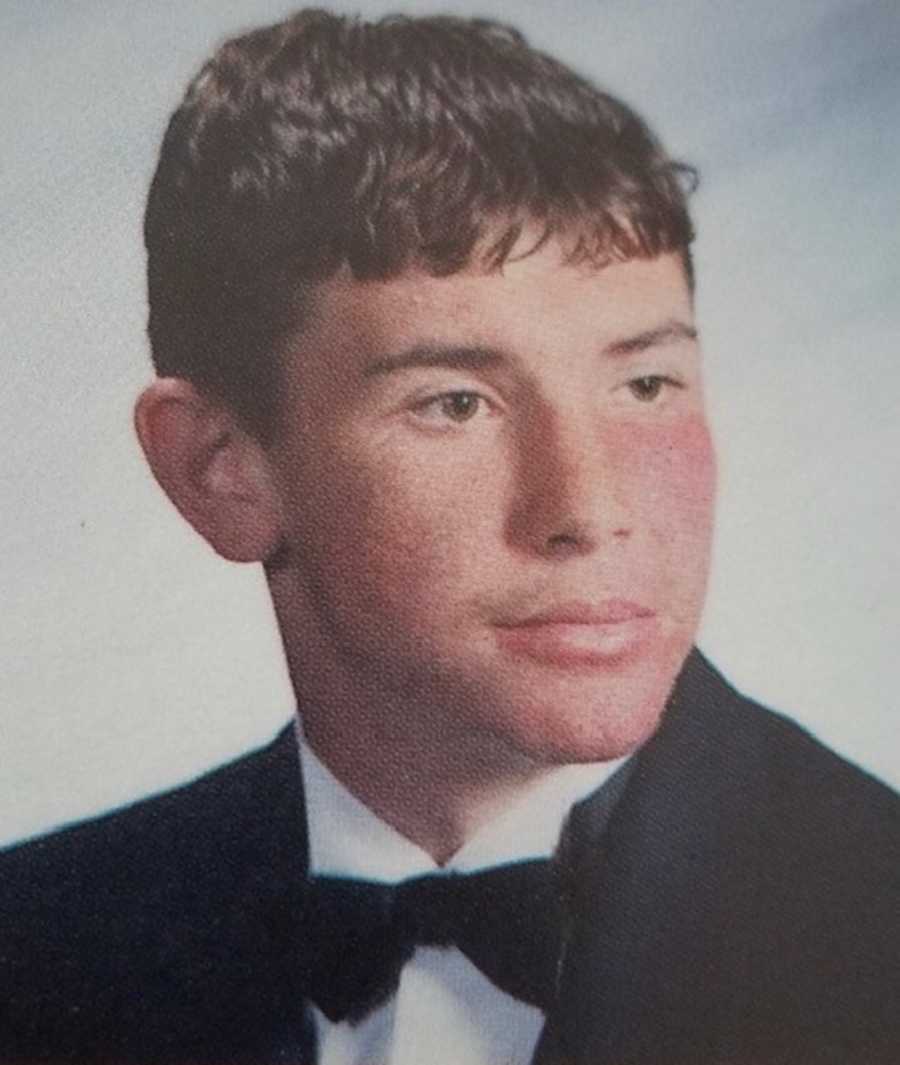
Because of my birthmark, I never had a girlfriend in high school, I never went to the prom, and I never volunteered to do anything where I had to meet new people. I found a comfort zone with the kids I grew up with as well as football and wrestling, and that was how I spent my time. If someone asked, I told them my birthmark didn’t bother me, and when my dad asked me as a teenager if I wanted to get treatments, I refused. I told him, ‘The only thing worse than a giant birthmark on my face would be a giant swollen, burnt and scabbed birthmark on my face.’ Also, everything I read was that the laser treatments were ineffective, and at that time I had no idea that my birthmark could get progressively worse. So, I lived with it. I have so many regrets from those years, as I look back and see how many of my negative thoughts about myself were wrong. With all that said, being different gave me a chip on my shoulder and created a ‘me against the world’ mentality that I believe was fundamental in the man I’ve become today. Although I didn’t have confidence with how I looked, I worked harder than anyone to become the best at whatever I was involved with. I think these rough years of my childhood made me work harder on the things I could control, which propelled me to success as an adult.
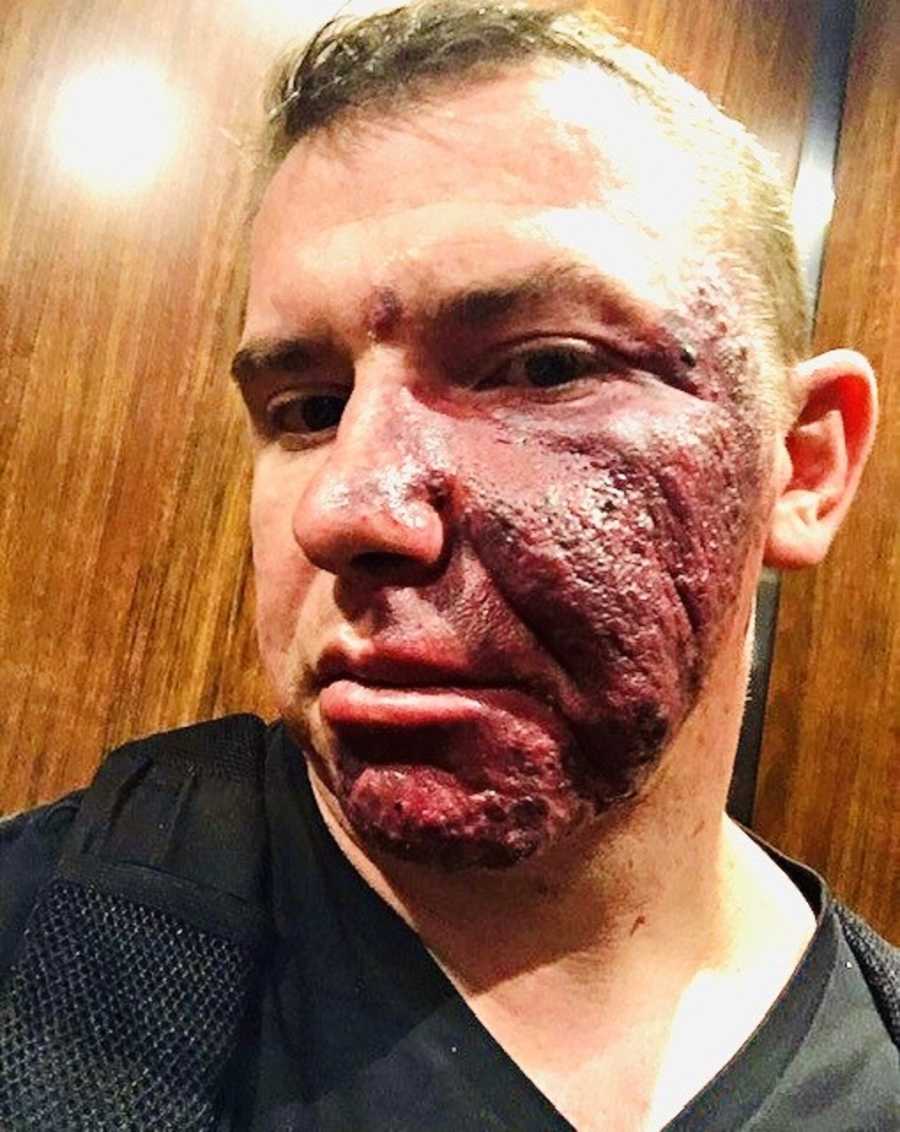
As I became a young man, I gained confidence in myself and it trickled to all areas of my life. I made a huge decision to leave my hometown for the United States Air Force, which landed me on the other side of the country in Mt. Home, Idaho. Joining the Air Force was huge, as it meant that I would have to face change and deal with new people asking me about my birthmark. Of course, people asked about it, but the military is a fraternity where I made life-long friendships, unlike anything I had ever experienced. Sure, we still joked on each other, but there was a level of mutual respect, and people didn’t really talk about my birthmark.
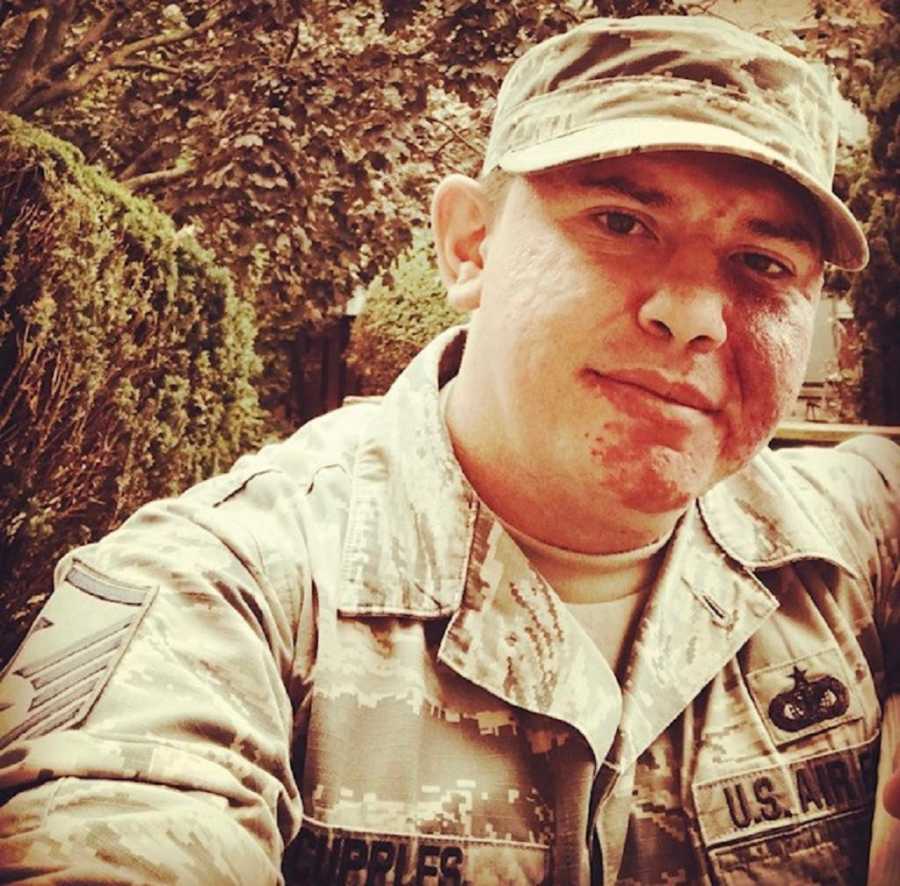
At that time, I knew that my situation was temporary (where I lived, and the people) and I think that gave me the comfort to inquire about getting my birthmark treated. I thought, ‘Who cares what I look like, I’ll only be here for a year.’ I decided then to get laser treatments, but 6 days before my first scheduled laser treatment I was informed that I would be deploying to the Middle East, and never received a treatment. Throughout my 20s, I deployed to the Middle East two times, and spent a lot of time doing the things I love to do, most of which are outdoors. There is evidence of sun exposure leading to the progression of PWS, and during this time period my birthmark went from light pink to a very dark red, with swelling and growths called nodules. It was around that time I met a woman whose daughter had a vascular birthmark like mine. She introduced me to an entire world of people with birthmarks online, and it changed my life.
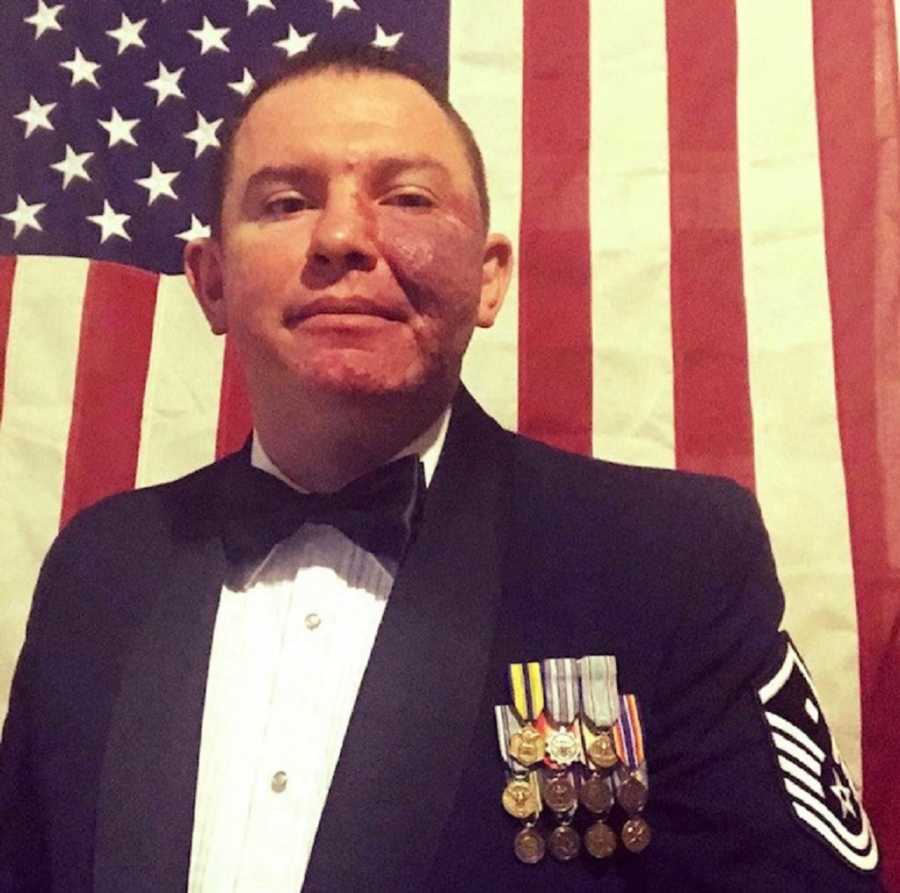
Social media groups all over the internet have provide safe havens for people affected by vascular birthmarks to tell their story and find people who can relate. The Vascular Birthmarks Foundation plays a huge part in this community, as the leading non-profit in the world for vascular birthmarks. In 2016, Dr. Linda Rozell-Shannon, PhD (President & Founder of VBF) reached out to me with an invite to her annual conference. She also mentioned free laser treatments, and with support of my closest friends I decided to sign up for the conference and get a treatment.

Attending the conference was a life-altering decision, as I faced my fear of getting laser treatment and was introduced to hundreds of people affected by vascular birthmarks. Dr. Linda saw something in me and reached out a few weeks later to ask if I wanted to be a part of her foundation. I gladly accepted, and within a few months we launched VBF’s Global Ambassador program – an international network of people affected by vascular birthmarks. As the Director of the program, I have made thousands of birthmark friends across the globe. We have mobilized hundreds of people affected by vascular birthmarks into the Ambassador program where we overcome our fears to spread awareness about this condition to people all over the world. Like the military, the unique circumstances of living with a facial vascular birthmark has united me with people who have become some of my best friends in the world. Dr. Linda also worked with Dr. Roy Geronemus, MD (Laser & Skin Surgery Center of NY) to provide continuing treatments on my PWS for free. To date, I have had 15 treatments on my birthmark. My nodules are gone, and my birthmark is significantly lighter than when I began laser treatments in 2016.
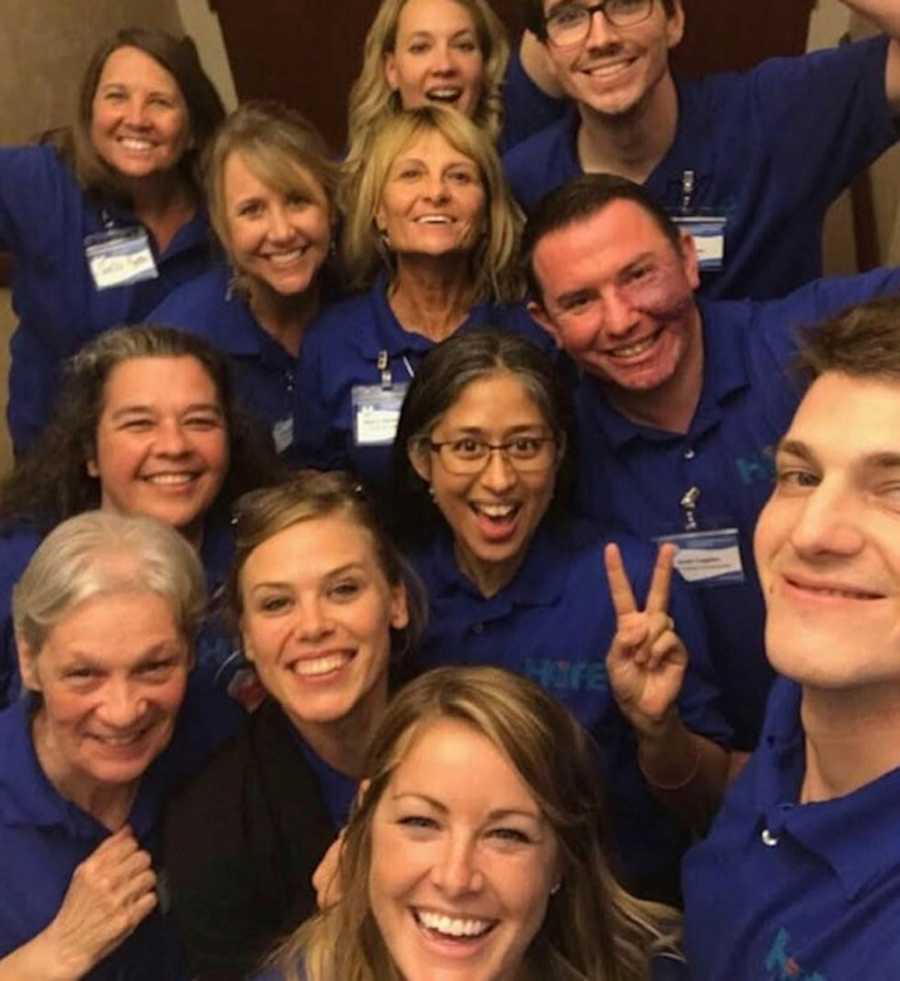
People who know me personally will read this story, and probably be surprised that my birthmark has affected my life so adversely. I think I do a great job of covering up how it truly bothers me. Every single day of my life, I hear rude comments, get stared at by people, and while most times it rolls off my back, other times it makes me as angry as I am reminded of being called ‘two-face’ as a child. Birthmark or not, I’ve accomplished a lot in my life. I am the proud father of a 10-year-old boy, Dohnovan, who is as handsome, athletic and as intelligent as they come. I’ve completed my MBA, and just received an acceptance letter to start my doctorates program in 2020. I have a successful accounting career, and also started my own real estate business (S.O.N. LLC) with three properties (owned and rented) to date. I’m entering my 18th year of military service in the New Jersey Air Force National Guard, where I serve as the 1st Sergeant of a 120-person unit. And of course, I’ve found a way to help people with my condition with the VBF Global Ambassador program.
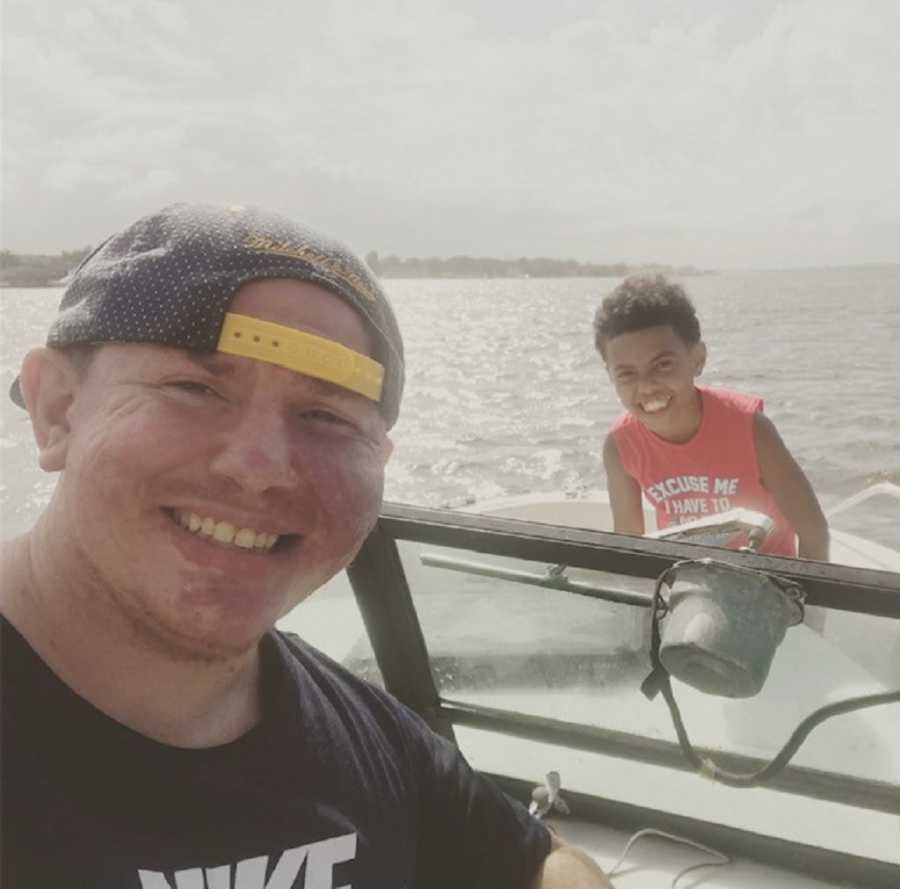
As I reflect, I’ve always had the mentality that I have accomplished these things despite my birthmark. Today, I must admit that if nothing else, my birthmark has played a part in my determination to beat the odds and strive for greatness. Growing up with a facial abnormality created some of the most difficult moments of my life, but I believe that it is one of the pillars of what makes me, me – and plays a huge factor in the drive and determination I possess to be the best human I can be. I don’t know if I’ll ever grow to say I love my birthmark, but I do love that my birthmark has given me the opportunity to change lives by spreading awareness and help provide a network of birthmark-affected people a sense of belonging.”
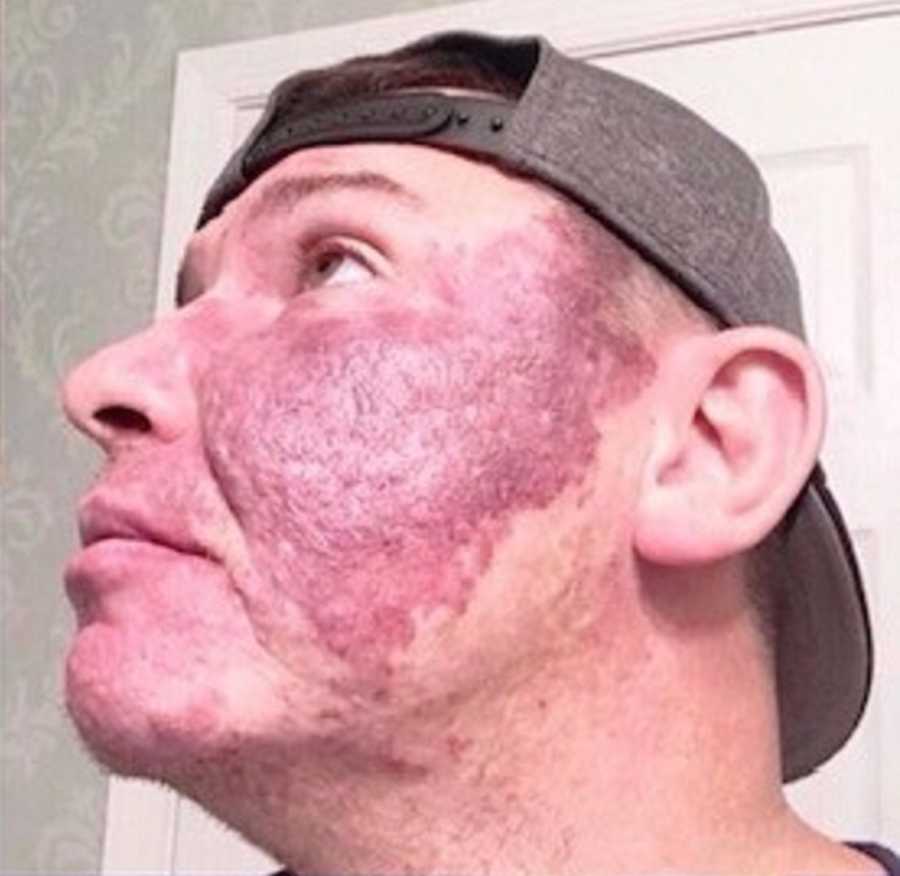
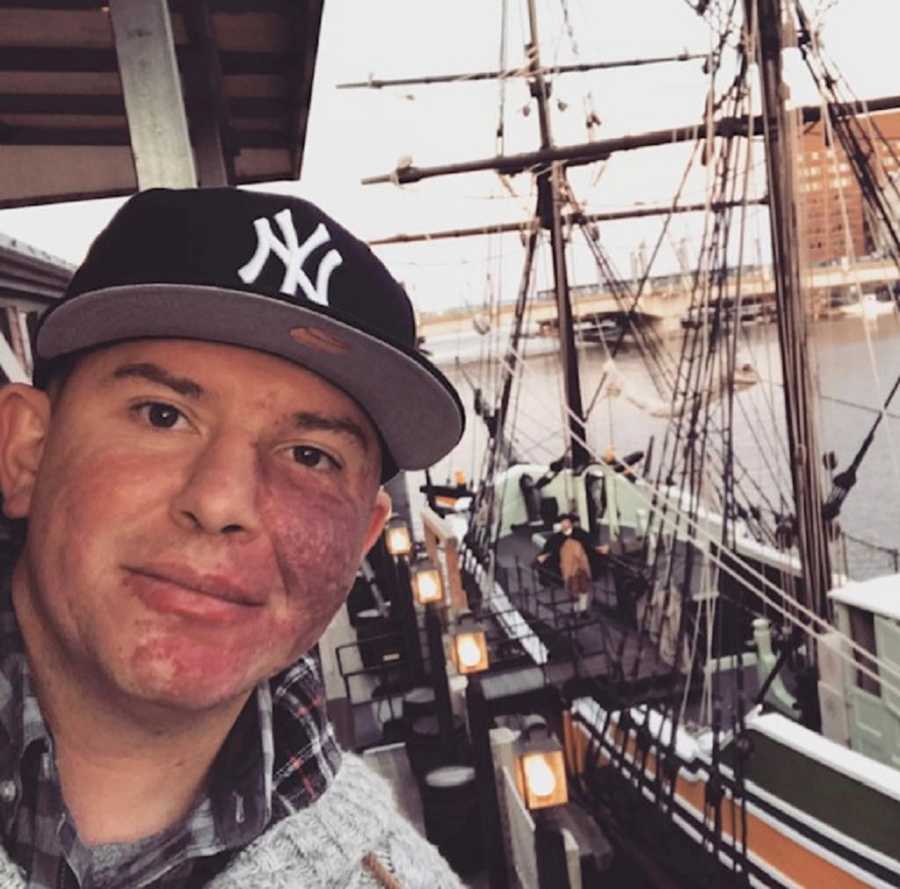
This story was submitted to Love What Matters by Scott L. Cupples. You can follow his journey on Instagram. Do you have a similar experience? We’d like to hear your important journey. Submit your own story here. Be sure to subscribe to our free email newsletter for our best stories, and YouTube for our best videos.
Read more powerful stories like this:
Spread beauty and strength for others. SHARE this story on Facebook with family and friends.

